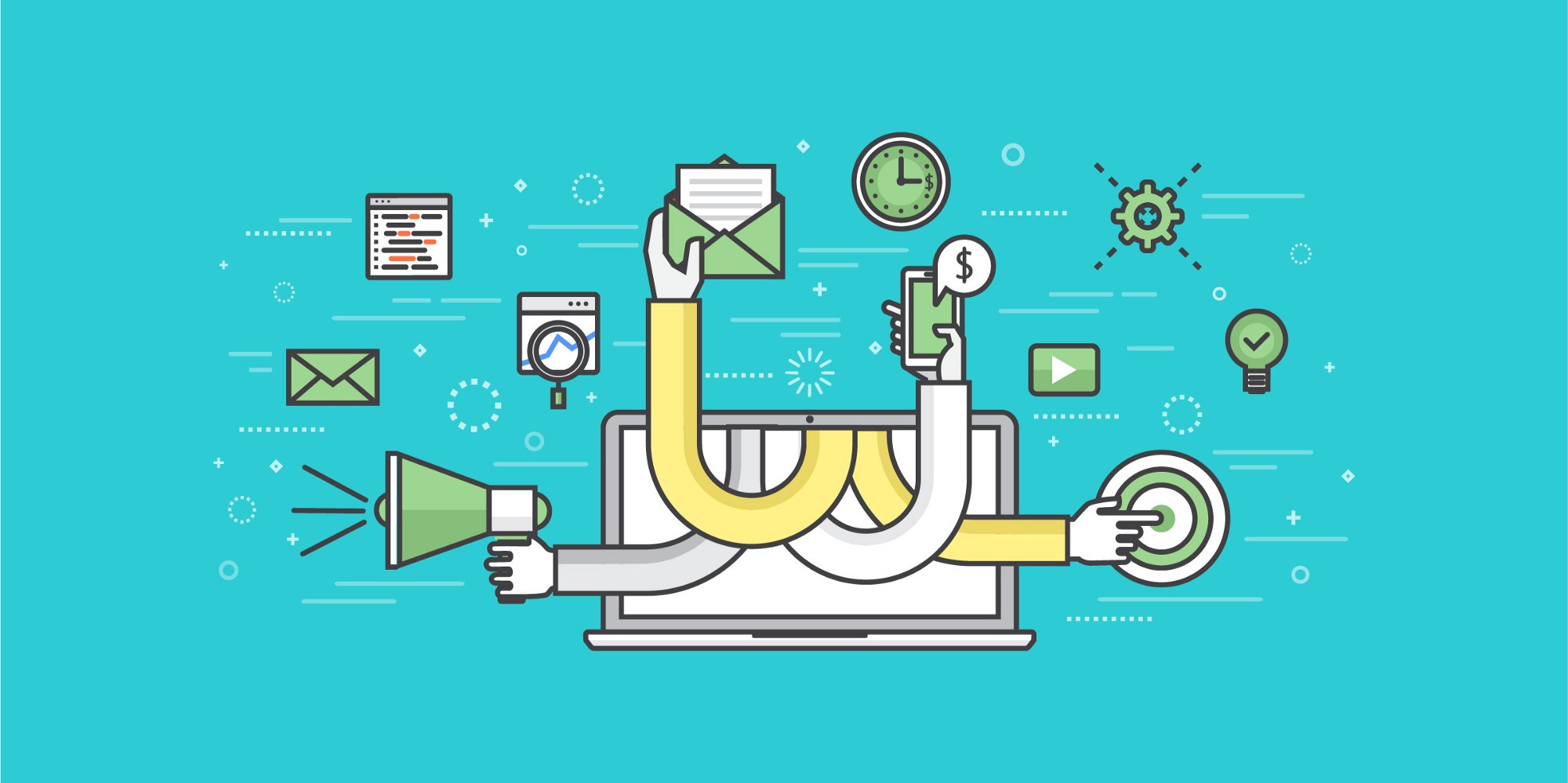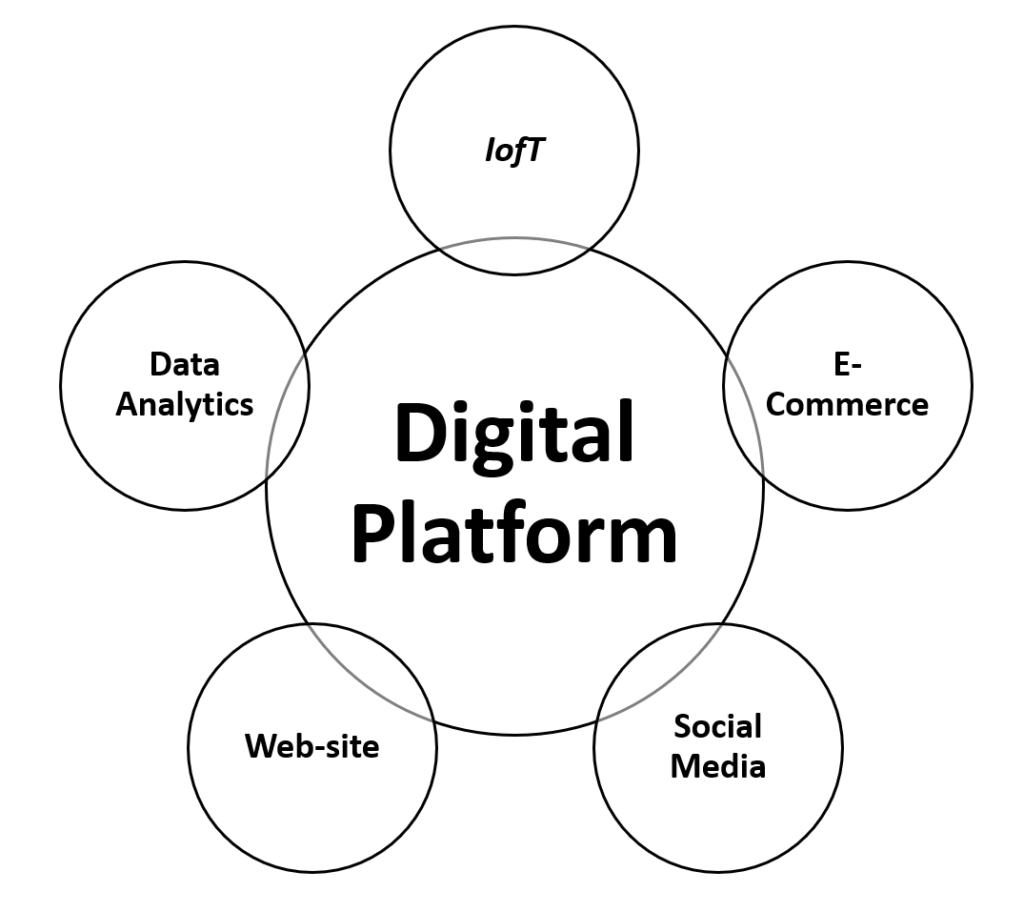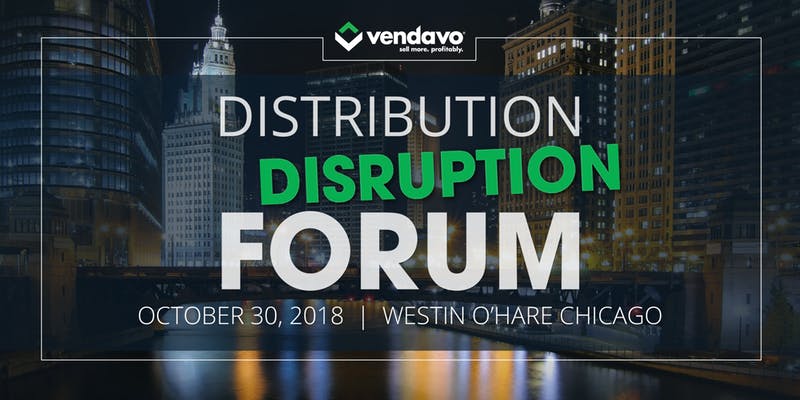
Every week that passes brings more evidence that B2B distribution is on a collision course with digital natives. Amazon’s division selling to businesses and governments recently announced B2B and B2G sales of $10 billion annually making them as big, or bigger than Grainger. Amazon also predicts their business sales will reach $25 billion by 2021.
Amazon’s success is not just about high volumes and low prices. It isn’t just about price but also about the level of convenience they bring to business customers. Convenience and experience have become the cornerstones of Amazon’s strategies to lure more and more professional buyers to shift their procurement potential to digital platforms. Amazon and now other very large retailers have placed technology at the heart of their growth strategy. From automated warehousing, to AI-based dynamic pricing, to omni-channel digital marketing strategies, digital natives are making it efficient and practical for business buyers to place orders so that they can meet pressures to improve their own productivity.
Today’s B2B distributors have no other option but to embrace technology and to embark on a robust and continuous digital transformation. There is no other way to compete in the future as more and more procurement professionals are relying on technology to solve their issues and make their jobs easier. And the trend is accelerating!
Consider these facts:
- 75% of B2B company customers demand to buy products online.
- 83% of B2B procurement officers prefer e-commerce options.
- Approximately 40% of B2B commerce sites in 2018 use price optimization algorithms to deliver dynamic pricing to their audience, according to Gartner. It is one of the key trends to watch in B2B e-commerce in 2018.
- 42% of B2B customers use mobile applications to make purchases.
The digital revolution is getting more real every year. Leading B2B distributors report increasing online sales. Grainger, the largest industrial distributor in the United States and number 3 in the world with revenue exceeding $10 billion, has seen online sales continuously become the larger contribution to the company’s total sales. In 2015, 41 percent of total sales came from online channels. That figure jumped to 60 percent in 2016, and CEO D.G. Macpherson predicted that the figure will easily be 80 percent by 2022. Its online channels in Germany, Japan and United Kingdom alone grew by 35 percent in 2016, Macpherson said.
Leveraging big data in distribution is a requirement for survival in front of companies like Grainger, Amazon, Alibaba and other digital giants. B2C retailers have had to adapt quickly and totally disrupt their omni-channel strategies. Despite those companies being further ahead in this process, they still have a long way to go according to some.
To keep up, B2B distribution should accelerate their digital transformation by creating a platform for accelerated investments over the next 3 to 5 years. This platform should include all relevant blocks shown in the visual below.

There are many ways to get started with this transformation but thinking holistically and embracing speed and agility is an important first step. Great websites and smart social media strategies is not enough. This is only a small portion of what needs to be done to attract younger buyers who spend countless hours on their mobile phones. These buyers want a seamless interaction with distributors and expect the convenience of accessing e-commerce platforms from any device at any time of the day and night. Therefore, you need to focus on the integration of the parts of the digital platform to avoid any interruptions or duplication. They also need to be able to catch all relevant data to continue feeding the big data machine. Armed with more data, you can then think about the next generation of pricing based on AI and machine learning. Accurate, dynamic, intelligent pricing decisions are made based on volumes of data feeding through the various systems and continuously improving the quality of future predictions and recommendations.
The distribution business is being disrupted right and left. The old-fashioned brick and mortar businesses must evolve to include data, experience, and advanced analytics. That does not happen overnight of course and the journey can be strenuous. Buckle up and enjoy the ride!
If you’re responsible for the profitability of your distribution business and you are feeling the pressure from outside and inside your organization, join Stephan Liozu and Vendavo for the Distribution Disruption Form on October 30 in Chicago.

